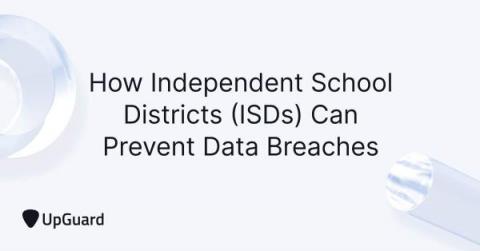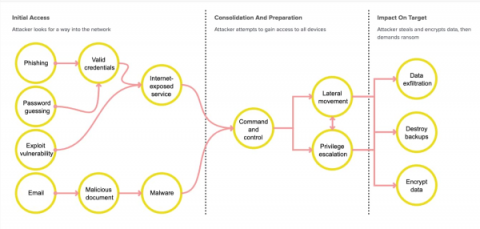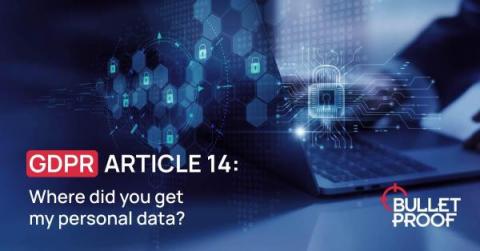MasterCard allows Digital ID Verification of patients on Mobile Phones.
Seamless and smooth is the new mantra that every company is trying to achieve in their operation and client’s dealings. Healthcare services are adapting fast to this mantra, and the master card is the new revolution keeping the industry in sync with high user experience through the implementation of ID verification. It’s the digital age; almost everything in this world now operates with the help of AI and its different realms.











